
In the past two years, metal mobile phones have become a hot spot in the industry, and they are more and more widely used in consumer electronic products. This article introduces several metal processing technologies and related product applications in detail.
For example:
1. CNC+ anode: iPhone 5/6, HTC M7

2. Forging + CNC: Huawei P8, HTC M8
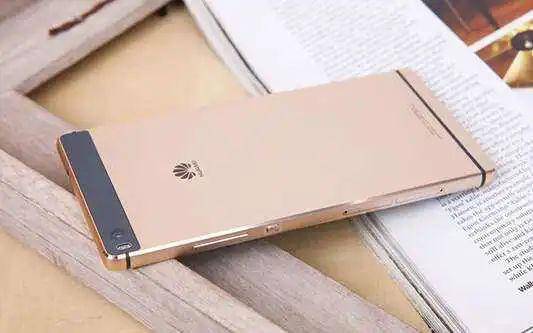
3. One die casting: Samsung A7
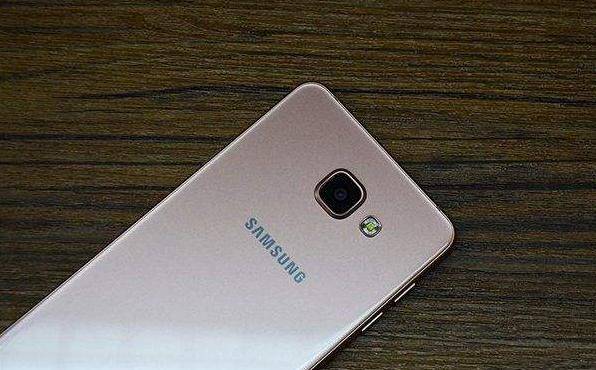

5. Stamping + CNC: Huawei MATE 7

Casting
Metal casting is to inject molten metal into a hollow mold made of high temperature resistant materials, and condense to obtain a product of the desired shape; the obtained product is a casting.
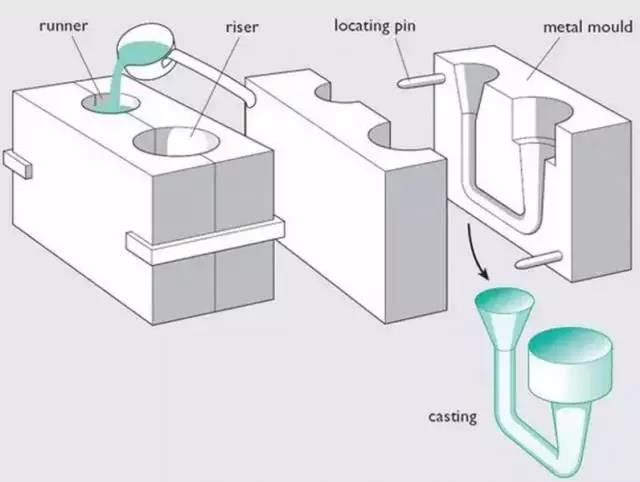
Casting classification
Under the action of high pressure, the liquid or semi-liquid metal fills the cavity of the die-casting mold (die-casting mold) at a high speed, and is formed and solidified under pressure to obtain a casting.
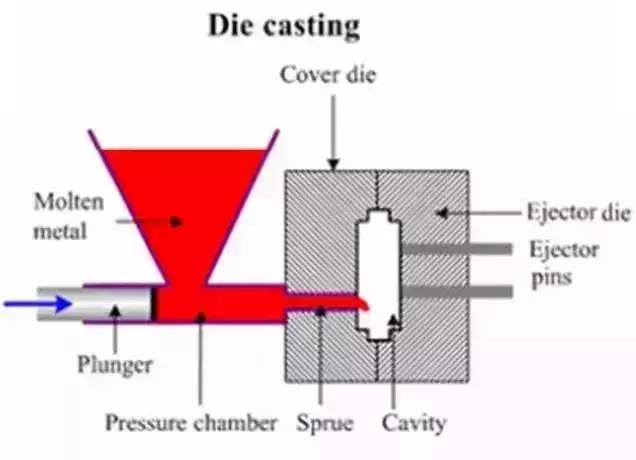
However, the ordinary aluminum die-casting process has the problem that it is difficult to perform smooth aluminum oxide film treatment. The reason is that silicon is added to the raw material in order to improve the flow through all areas of the mold. Therefore, if you are coloring an aluminum die casting, it may lose its premium feel after painting because it looks like plastic.
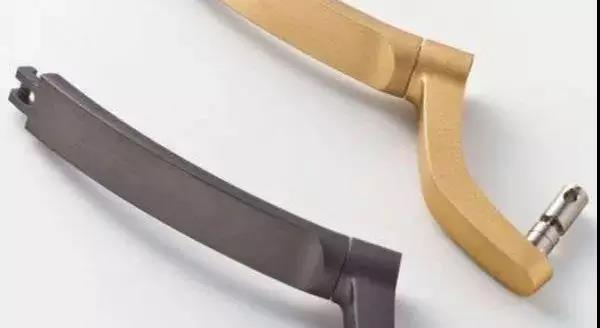
Forging
1. Hammer or Smith Forging
The same method is used for hammer forging or forging iron, which is to heat the workpiece to the forging temperature and forge it between the flat hammer and the drill plate; small pieces can be called iron forging by hand; for large pieces, a steam hammer (Steam Hammer) must be used, as follows picture. Among them, the work object is placed between the drill plate and the flat hammer. As for the structure of the steam hammer, it depends on the forging capacity. The light type is a single-frame type, and the heavy type is a double-frame type.

3. Pressure forging (forging) | Press Forging
Pressure forging is a forging method in which the metal is extruded in the die with slow pressure. Since the metal is subjected to force for a long time, the extrusion effect is not only on the surface of the forging, but also on the center of the workpiece. Therefore, , can achieve the effect of internal and external uniformity, and the quality of its products is also better than that of hammer forging.
Forging is used in the process of mobile phone casings, which can effectively reduce the time of CNC, so that the cost is relatively low; and aluminum alloys with an aluminum content of more than 95% can be selected for anodizing. Manufacturing process: firstly obtain thicker mobile phone structural parts by forging; then CNC mill out the unnecessary parts; NMT obtains metal + plastic integrated structural parts; anodized surface treatment; and finally gluing the antenna cover.Such as OPPO R7/R7 PLUS, as shown below


The principle of roll forging is shown in the figure below.
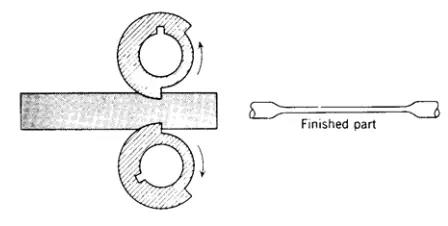
Punching
Metal punching is a metal cold processing method, also known as cold punching or sheet metal punching. With the help of the power of punching equipment, the metal sheet is directly formed by force in the mold. The punched parts are widely used in automobile parts manufacturing and Manufacture of household appliances.
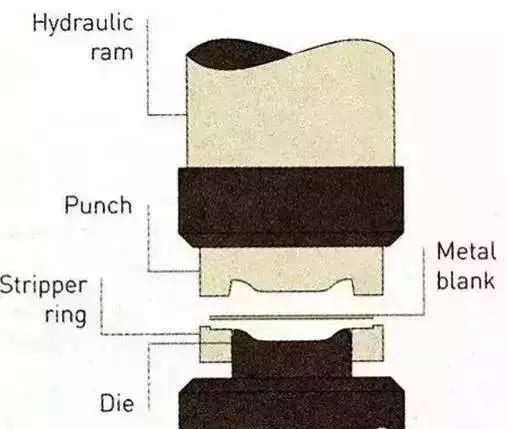
crafting process:
1. Fix the metal plate on the mold table
The recently launched Redmi Note 3 uses a metal back cover made by a stamping process.
One of the direct benefits of stamping is cost savings. It does not require nano-injection molding, and is directly anodized after grinding. Mass production ramps up quickly; but the disadvantage of this technology is that the upper and lower ends of the fuselage must be plastic spliced. Can not do complex internal structure, can only be used for the back cover.
CNC | CNC Machine Tool
CNC is commonly known as "CNC machine tool", which is an automated machine tool controlled by a program. The control system can logically process programs with control codes or other symbolic instructions, and through computer decoding, the machine tool can perform the specified actions, and a piece of original metal plate is processed for a long time, and finally made into the desired shape.
The iPhone 5 and 6 are made of aluminum alloy in one piece, that is, the body and frame are made of a single piece of aluminum alloy CNC. However, considering the radio frequency signal problem of the mobile phone, the body will be divided into several sections, generally the upper and lower parts. Select injection molding and other partitions at the end.
In order to obtain a higher quality appearance, surface treatments such as anodizing, sandblasting, polishing, etc. will also be carried out, resulting in a unique color and smooth touch.
----------------------------------------------------------END---------------------------------------------------------------
Edit By Rebecca Wang